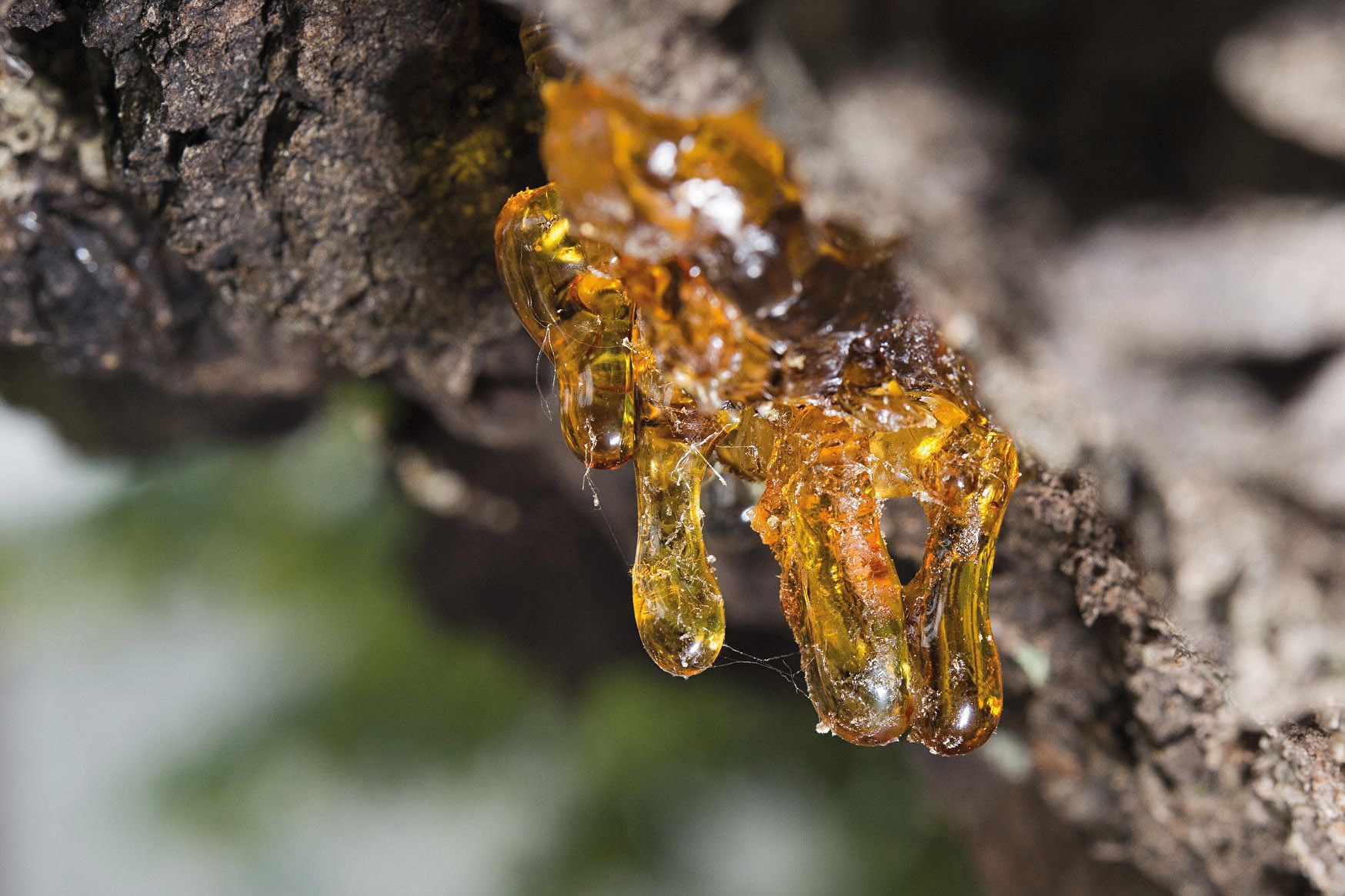Testing is faced with great challenges due to the wide range of substance properties Customized
In the EU regulation for chemicals known as REACH, not only are single substances tested but also mixtures of chemicals, which are marketed as such. This is a great challenge for testing, especially in the field of so-called UVCB-Substances.
The spectrum of UVCB-substances ranges from mixtures of three single substances different in composition up to natural material (e.g. tree resin) and reaction mixtures with thousands of unknown components. Due to the great range of possible substance properties, a general test strategy for UVCB is not available. In most cases, it is from an analytical viewpoint not economically feasible to identify all substances with a share of up to 0,1%, as requested by authorities in a first step. Still, a way must be found to characterize and quantify mixtures sufficiently, even in complex matrices like for example soil.
»In addition, when testing the ecotoxicological properties of UVCB substances, water-soluble substances are often mixed with poorly soluble substances«, says Dr. Dieter Hennecke, head of the Deparment Ecological Chemistry. »Thus, aqueous solutions do not in any way represent the composition of the mixture.« Even the European Chemicals Agency (ECHA) has at present no coherent strategy as to which techniques offer feasible processes to produce the test medium. In aquatic tests, critical differences might occur sufficient to affect the assessment of the chemicals. More than that, many guidelines covering the environmental performance of chemicals are not at all intended for chemical mixtures and therefore have methodological loopholes. »At the end of the day, every testing of UVCB is an individual case, which needs a close coordination with the client for an agreed approach«, says Dr. Hennecke. »Besides the necessary technical equipment and expertise with regard to chemical analysis, an in depth knowledge and practical experience with the guideline underlying the test is necessary.“
Fraunhofer IME meets these requirements through its experience in developing guidelines, its interdisciplinary approach and its technical equipment, the latter being state of the art.
 Fraunhofer-Institut für Molekularbiologie und Angewandte Oekologie IME
Fraunhofer-Institut für Molekularbiologie und Angewandte Oekologie IME

